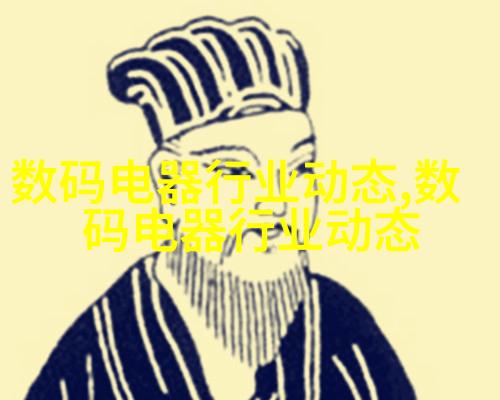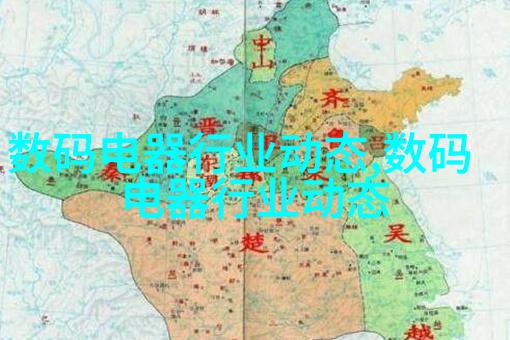
人物对电机矢量控制的重要分析方法有着深入的了解
在电机的运转过程中,关键是由电机的定子和转子磁场同步旋转,构建一个具有同步旋转速度的旋转坐标系,这个旋转坐标系正是我们常说的D-Q旋转坐标系。在这个旋转坐标系上,对于所有电信号来说,都能用常数来描述。为了便于研究电机矢量控制的问题,我们是否可以直接从仪器中获取D-Q变换的结果呢?D-Q变换是一种解耦控制方法,它能够将异步电动机的三相绕组变换为等效的二相绕组,并且将旋转坐标系变化为静止的正交坐标,从而得到用直流表示电压及电流关系式。通过这种变换,我们可以分别控制每个控制量,同时消除谐波电压和不对称电压带来的影响,由于应用了同步旋转坐标变换,所以易于实现基波与谐波分离。

由于直流电机其主磁通主要由励磁绕组中的励磁電流决定,因此这是直流電機数学模型及其控制系统相对简单的一个根本原因。如果我们能够将交流電機物理模型等效地进行类似直流電機模式下的处理,那么分析和控制就能变得更加简化。这种坐標變換正是在按照这一思路进行操作。
交流電機中的三相对称静止绕组A、B、C,当它们以平衡的正弦形 电流运行时,将产生一个合成之上的rotating magnetic field F,它在空间内呈现出一条以同步轉速ws(即electric current 的角频率)顺着A-B-C三个相位顺序逐渐移动。这一物理模型已经被画出了图中展示。

这样的rotating magnetic field并不一定非要是三相不可,只要是单向或多向对称结构如二、三四…多向结构,每一种都可产生rotating magnetic field,而其中两向最为简单。在图2中显示了两向静止绕组a和b,它们之间有90度差异,在时间上也有90度差异,即可产生同样的rotating magnetic field F。当图1和2两个rotating magnetic fields大小及轉速完全相同时,即认为图2所示两向绕组与图1所示三方向等效。此外,如若包含这两个方面在内整个铁心,以同步轉速运动,则该magnetic field自然也随之运动成为rotating magnetic field。把这个Rotational Magnetic Field 的大小及轉速调整至与前述相同,那么这套包括两个方面在内整体運動则与前述固定的交流型繞組无不同。
因此,可以看出,无论是在生成相同类型 Rotational Magnetic Fields 为准则,均证明了图1、2以及3 中整体運行状态彼此等效,或许说,在Three-phase coordinate system 中iA、iB、iC;Two-phase coordinate system 中ia, ib;以及 Two-phase rotating coordinate system 中id, iq 都能共同达到同样的效果,也就是说它们都是生产同样Rotational Magnetic Fields 的有效手段。

DQ Coordinate Transformation Theory 在 Electric Engineering 领域得到了广泛应用,不仅仅限於 Motor Control 及 Instantaneous Analysis 以上领域,而且还被用于 Power System Fault Analysis 以及 Power Grid Energy Quality Detection & Control 等领域,其主要应用范围如下:
Electric Motor Control
Electric Motor Instantaneous Operation Analysis

Electric Motor Fault Diagnosis
Testing Methods DQ Transformations in the application of electric motor testing is very wide-ranging. As long as we can accurately obtain the rotor position and accurately measure three-phase currents using a high-speed FPGA parallel implementation real-time algorithm operation, through Clark transformation to convert from relative stationary stator coordinates into relative stationary two-coordinate systems get corresponding output Iα and Iβ then use Park transformation to convert from relative stationary two-coordinate systems into relative rotational two-coordinate systems thus calculate ID and IQ. The process of motor control is reverse transformation first set up the excitation current and torque current then transform into relative stationary two-coordinate systems then transform back into three-coordinates so as to implement motor control.
Currently ZLG Electronics are planning to implement this DQ transformation function on power analysis instruments it can provide reference for motor control development design fault diagnosis algorithm optimization etc.

More information please refer to the electric machine channel



